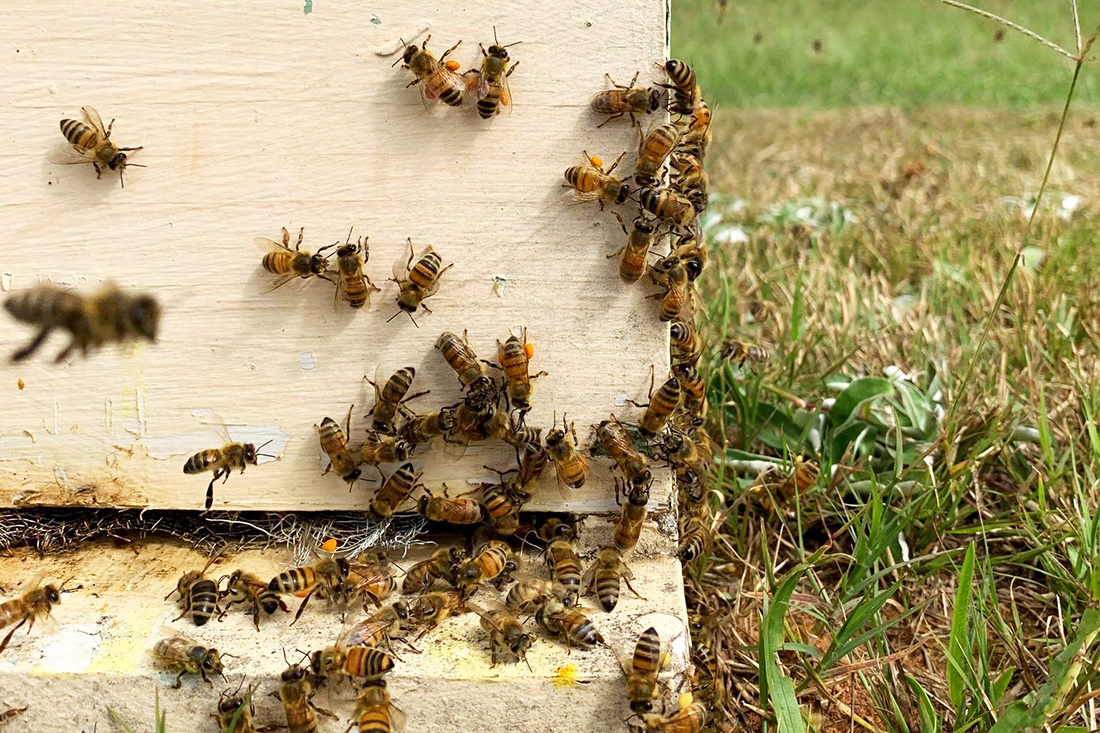University of Georgia
From bicycle-powered light bulbs to algae bubbling in plastic bags, 30 universities showed off their biofuels research under a circus-size tent at the second annual Bioenergy Awareness Days in Washington June 19.
The three-day event took place at both the Whitten Federal Building of the U.S. Department of Agriculture and at the National Arboretum. Close to 80 exhibitors were featured.
The University of Georgia is among 13 winners of the Grand Challenge, an honor that allowed them to exhibit at both locations. The title recognizes universities for their leadership in renewable energy research, teaching and outreach and for their collaborations with other private or public institutions.
“The Grand Challenge was looking and challenging universities to work with other universities and industries and other institutions to develop a vision on how to meet the energy concern in the next few years,” said Gale Buchanan, USDA under secretary for research, education and economics and former dean of the UGA College of Agricultural and Environmental Sciences.
The USDA and the 25x’25 Alliance sponsored the challenge. 25x’25 is a coalition of leaders from agricultural, forestry and renewable energy communities. They are committed to providing 25 percent of the nation’s energy from farms and forests by 2025.
The exhibit dates were chosen for their proximity to the summer solstice on June 21, the longest day of the year.
Researchers from UGA’s Athens and Tifton campuses hauled algae, chicken fat, wood pellets, a remote-controlled tractor and sugar cane through Georgia, the Carolinas, Virginia, D.C. and finally Maryland to participate in the event at the National Arboretum. For three days they faced cameras and fielded questions like, “Chicken fat? Really?” Mention algae and chicken fat together, and visitors, reporters and dignitaries alike headed eagerly toward UGA’s lab-like display, which was set up in a walk-through trailer.
K.C. Das, a CAES associate professor and director of UGA’s Biorefining and Carbon Cycling Program, estimates algae will be commercially viable as a source for biofuel in about five years. Algae have the potential for producing 2,000 gallons of oil per acre annually. In comparison, soybeans produce 48 gallons an acre. Corn produces 18 gallons an acre.
Much of the research UGA displayed is already being put to commercial use. In north Georgia chicken fat is manufactured as biodiesel. Pellets made from both peanut hulls and Georgia’s timber scraps are being burned for fuel.
The UGA remote-controlled “sipping” tractor runs on both ethanol and solar power and earns its name by sipping just enough fuel to keep going. And sugar cane is just one of many crops UGA researchers are putting through the grind in search of better biomass.
More than 80 researchers and economists are working on basic and applied biofuels research, collaborating through UGA's Biofuels, Biopower and Biomaterials Initiative (B3I). From rotten fruit to cotton stalks, they’re searching for the second generation of biofuels that will produce energy without eating up valuable food crops.
(Stephanie Schupska is a news editor with the University of Georgia College of Agricultural and Environmental Sciences.)






